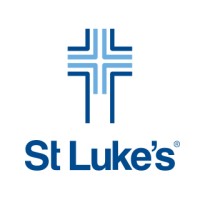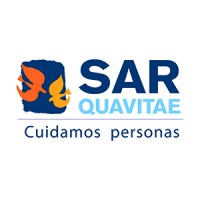
St. Luke's Health System
As the only Idaho-based, not-for-profit health system, St. Luke’s Health System is dedicated to our mission “To improve the health of people in the communities we serve.” Today that means not only treating you when you’re sick or hurt, but doing everything we can to help you be as healthy as possible. Working together, we share resources, skills, and knowledge to provide the best possible care, no matter which of our hospitals you choose. Each St. Luke’s Health System hospital is nationally recognized for excellence in patient care, with prestigious awards and designations reflecting the exceptional care that is synonymous with the St. Luke's name.






